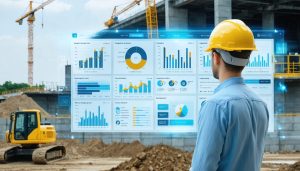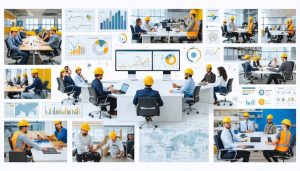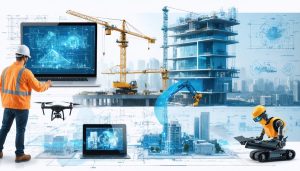
Mastering Cost Management: The Key to Successful Project Delivery
To effectively manage costs in projects, construction professionals must master key strategies:
Establish a comprehensive cost baseline, meticulously capturing all anticipated expenses from labor and materials to overhead and contingencies. This foundation enables precise tracking and control throughout the project lifecycle.
Implement rigorous cost tracking systems, leveraging advanced software to monitor actual spending against budgeted amounts in real-time. Regular variance analyses identify deviations early, allowing swift corrective actions to keep the project on budget.
Foster a culture of cost …









